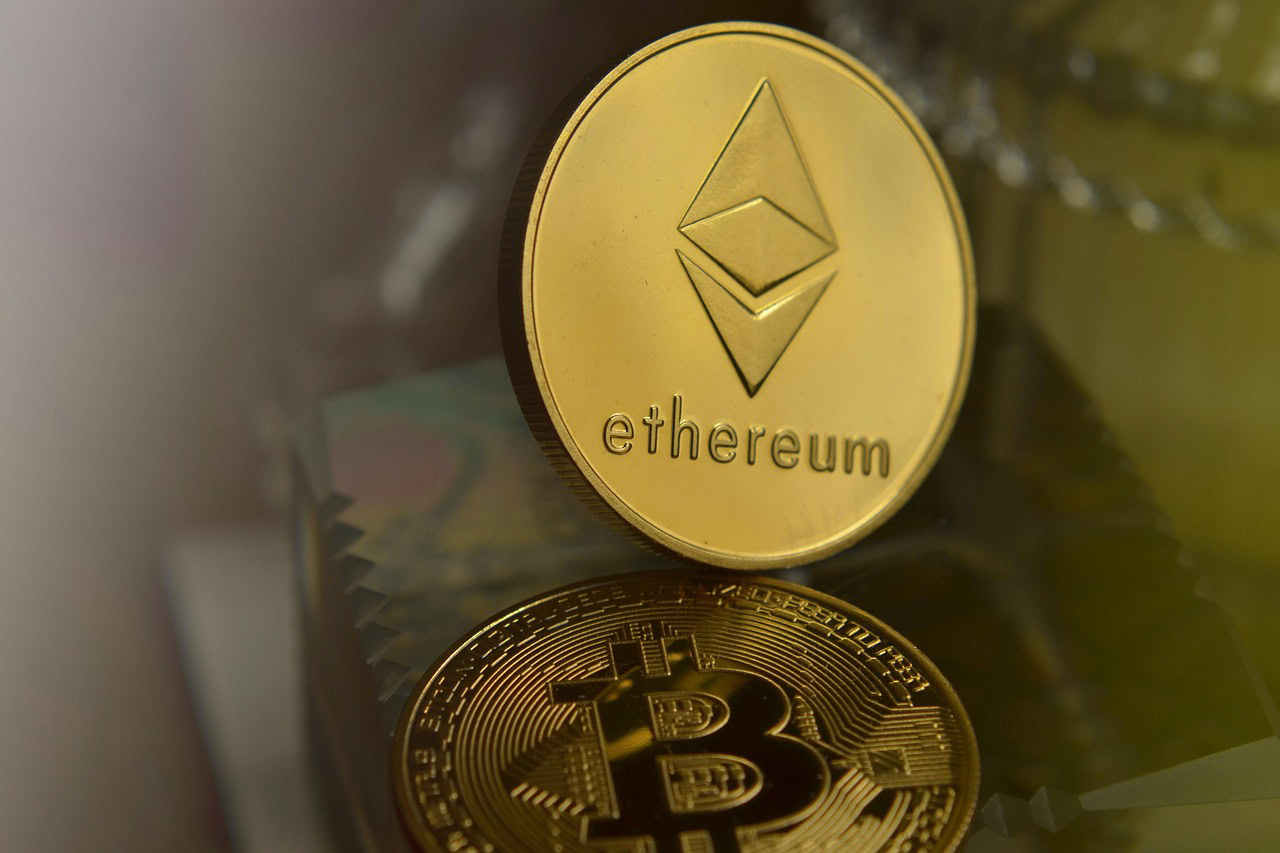
In recent years, investing in cryptocurrency has become more popular with Bitcoin and Ethereum taking the leads as one and two respectively. With more investors looking to diversify their portfolio with these digital assets, the question becomes which digital assets should one allocate resources to? In their article, we will explore how individuals can fit Ethereum (ETH) into their diversified portfolio and the ideal percentage it should take.
Why is diversification important?
Diversification is an important principle in investment that involves dispersing investments across various assets for risk reduction. When it comes to cryptocurrency, diversifying your assets can help reduce price volatility risk. Ethereum offers a utility platform for decentralized apps, giving it great growth potential and allowing investors benefits from its unique strength.
Why diversify your portfolio with Ethereum
A major reason for the diversification of the portfolio with Ethereum is the high return potential it offers. The ecosystem of Ethereum is expanding, and several new developments, such as Ethereum’s Proof of Stake and Layer 2 solutions, are making the network cheaper, faster, and more scalable. DeFi platforms, NFTs, and dApps still ensure that Ethereum is the backbone of Web3 innovation. With more applications being built on the platform, ETH demand will increase.
Ethereum is also drawing the attention of institutional investors who recognize its potential as a long-term investment. Many top tech companies and financial institutions are investing in ETH since they recognize its value in powering smart contracts and decentralized applications. Institutional involvement offers stability to the coin’s market and also increases its legitimacy for use as the infrastructure for technological innovation and a store of value.
Since its launch in 2015, ETH has grown tremendously. It began with just a few dollars and has increased to more than $4,800 at its 2021 peak, outperforming several traditional assets such as real estate, gold, and stocks. ETH’s growth is pushed not just by speculation but by a surge in the increasing utility of its blockchain, which is capable of powering thousands of decentralized apps (dApps), NFTs, and decentralized finance (DeFi). The historical price of ETH shows the value it offers to users, businesses, and developers in the decentralized space.
Allocating a percentage of ETH
How much you intend to allocate to ETH in your portfolio will depend on various factors like your investment goal, tolerance, and time horizon. However, ETH, as a platform with a wider utility than Bitcoin, is often seen as a digital asset with a higher upside potential. In a diversified portfolio, allocating about 10% ETH/USD through sites like Kraken should suffice. In addition to cryptocurrency, you may want to consider allocating to traditional assets to further manage your risk and diversify.
Endnote
Investing in Ethereum can be a profitable opportunity for people intending to diversify their portfolio with digital assets. By factoring your unique investment principles, and considering the right allocation percentage, you can create a well rounded investment strategy that can maximise returns and manage risk.










